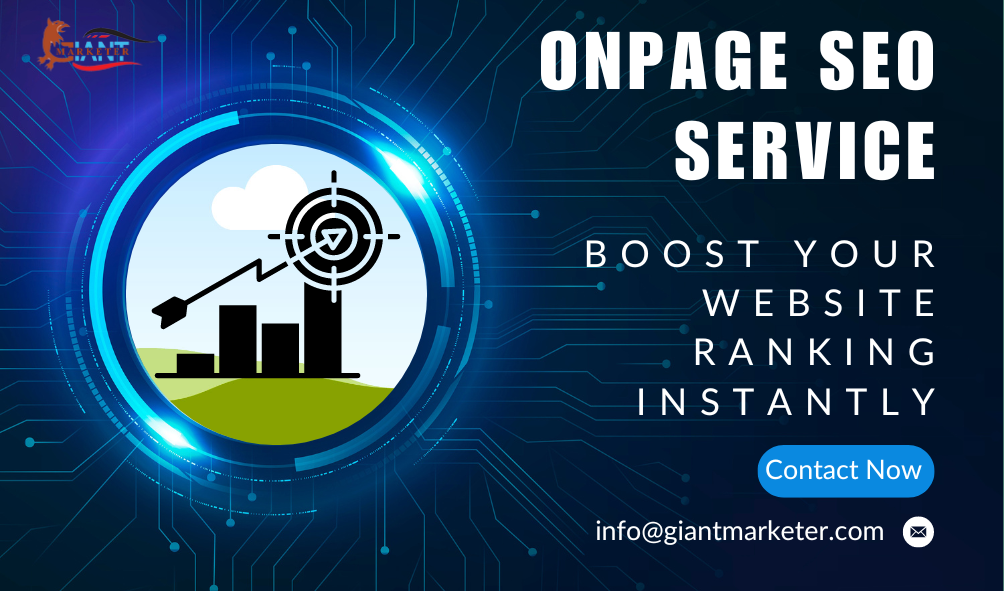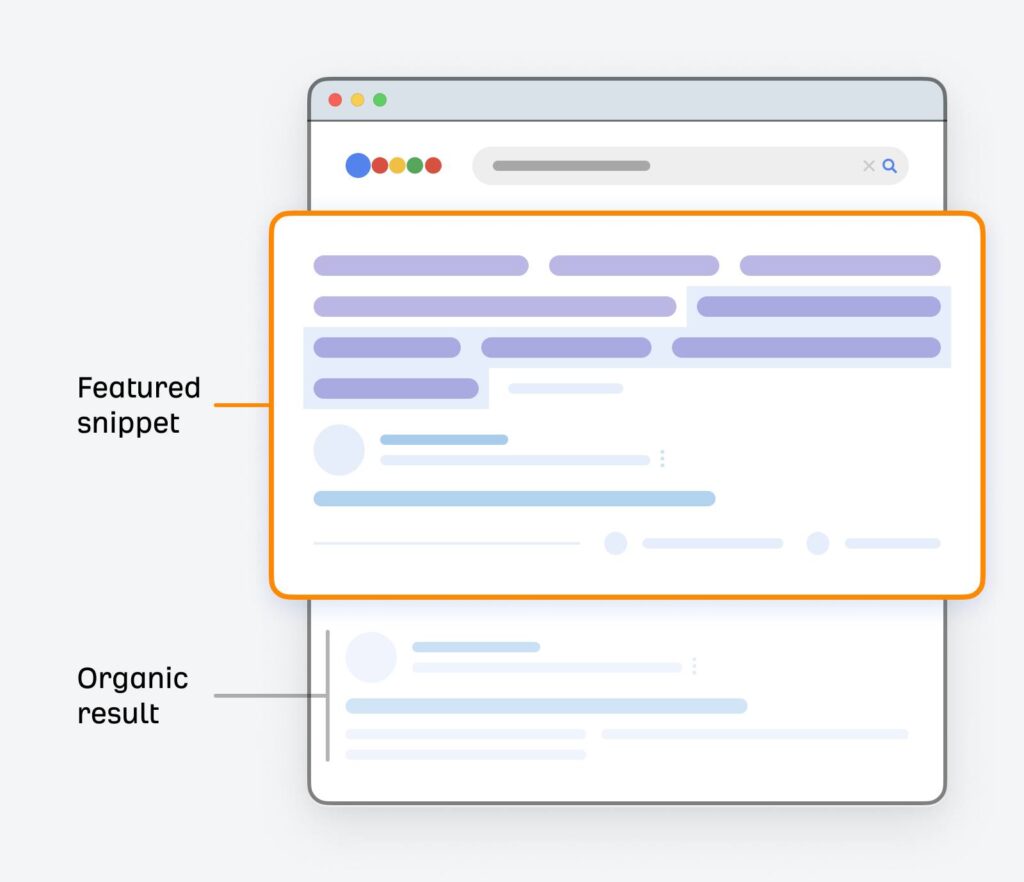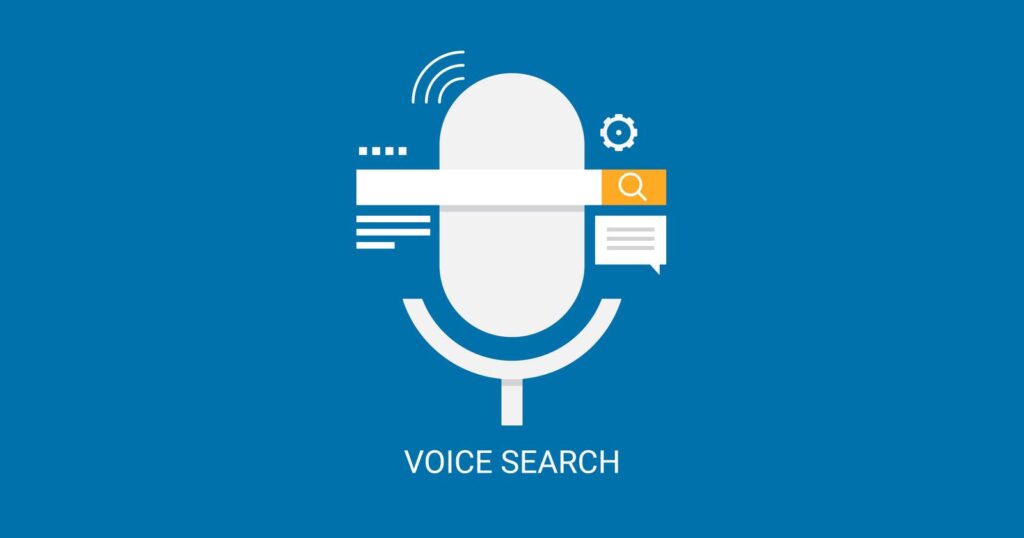Onpage SEO service optimizes individual webpages to rank higher in search engines. It includes title, meta tag, meta discription, H tag, image, URL structure, internal linking, and content optimization etc.
By paying attention to these factors, you can significantly boost your website’s performance on search engine result pages. Our Effective onpage SEO helps search engines understand your content better, leading to higher rankings and increased organic traffic. Investing in onpage SEO is crucial for long-term online success.
We focus on improving various elements within your website to enhance its visibility in search engines.

Introduction To Onpage SEO
Onpage SEO helps your website rank higher on search engines. It focuses on optimizing content and HTML source code. This makes your site more attractive to search engines and users. Better rankings lead to more traffic and visibility. It can result in more sales and business growth.
Some basics of onpage SEO include using the right keywords. Ensure your content is relevant and valuable. Improve page load speed and mobile-friendliness. Use proper header tags and meta descriptions. Optimize images with alt text. Internal linking helps users navigate your site easily. These factors improve user experience and SEO.
Keyword Research
Effective keyword research significantly boosts on-page SEO services. Discover targeted keywords to enhance website visibility and drive organic traffic.
Finding Target Keywords
Start with a brainstorming session. Write down all the words related to your topic. Use tools like Google Keyword Planner to find more ideas. Choose keywords with high search volume and low competition. It helps to rank higher on search engines. Analyze your competitors’ websites. See which keywords they are using. This can give you more ideas.
Using Long-tail Keywords
Long-tail keywords are longer phrases. They are more specific. They have less competition. People use them when they are closer to making a purchase. These keywords can drive more targeted traffic to your site. For example, “best running shoes for flat feet” is a long-tail keyword. It is more specific than “running shoes”. Use these keywords in your content. It helps in attracting the right audience.
Content Optimization
Enhance website rankings with Onpage SEO Service through content optimization. Improve search engine visibility by refining keywords, meta tags, and internal links.
Quality Content Creation
Creating high-quality content is vital. This draws readers and boosts rankings. Unique content stands out and engages users. Avoid duplicate content to keep your site trustworthy. Use clear and simple language.
Relevant keywords should be sprinkled throughout. But don’t overdo it. This practice is known as keyword stuffing. It can harm your site’s rankings. Always aim for natural keyword placement.
Keyword Placement
Keywords should be in titles and headings. This makes them more noticeable. Also, place keywords in the first 100 words. This catches the reader’s attention early.
Include keywords in image alt texts. This helps search engines understand your content. Use them in meta descriptions too. This improves click-through rates. Remember, always keep your content relevant and valuable.
Meta Tags And Descriptions
Effective titles are very important. They help search engines understand your content. Use relevant keywords in your titles. This helps improve your page ranking. Keep the title under 60 characters. This ensures it displays well in search results. Make sure your title is clear and concise. This attracts more clicks from users.
Meta descriptions provide a summary of your page. They appear below the title in search results. Keep them under 160 characters for best results. Use important keywords in the description. This helps search engines understand your content. Make your description engaging and informative. This encourages users to click on your link. Avoid using the same description for multiple pages. Each page should have a unique meta description.
Url Structure
Use short URLs for better SEO. Short URLs are easy to read. They are also easy to remember. Avoid using special characters in URLs. Hyphens are better than underscores.
Make sure to use lowercase letters. This avoids confusion. Simple URLs improve user experience. They also help search engines.
Include keywords in URLs. This helps with search rankings. Place important keywords at the start. Avoid keyword stuffing. Too many keywords can hurt SEO.
Use relevant keywords only. Think about what users search for. Keywords in URLs make content easy to find.
Internal Linking
Internal links help search engines understand your website. They guide visitors to important pages. Links should follow a logical hierarchy. Start with main pages and link to subpages. This makes navigation easy. It also helps to distribute page authority.
Internal links can boost the authority of your pages. Pages with more links often rank higher. Link from high-authority pages to less popular ones. This can improve their search engine rankings. Use relevant anchor text for links. This helps search engines understand the content better.
Image Optimization
Alt text helps search engines understand images. It also helps visually impaired users. Always describe the image briefly. Use relevant keywords naturally. Avoid keyword stuffing. Alt text should be clear and concise.
Large images slow down page loading. Compress images without losing quality. Use tools like TinyPNG or JPEG-Optimizer. Aim for quick loading times. Smaller images improve user experience. Fast pages rank better in search engines.
Mobile Friendliness
A responsive design adjusts to any screen size. It works well on both phones and tablets. Users enjoy a better experience. This helps with SEO as Google favors mobile-friendly sites.
Fast loading times are crucial for user satisfaction. Slow pages can drive visitors away. Optimizing images and using browser caching improves speed. This boosts your site’s search engine ranking.
Monitoring And Analytics
SEO performance is vital. Use tools to track your website’s progress. Google Analytics helps monitor traffic. Check which pages get the most views. Understand where your visitors come from.
Track keyword rankings with tools like SEMrush. See how your keywords perform over time. Make adjustments to improve results. Use data to guide your SEO strategy.
Google Analytics is free. It offers many insights. Track user behavior on your site. See which pages have high bounce rates. Identify opportunities for improvement.
Use tools like Ahrefs. It helps find backlinks. Backlinks are important for SEO. More backlinks can improve your rankings.
Frequently Asked Questions
What Is On Page SEO Service?
On-page SEO service involves optimizing individual web pages. It includes improving content, HTML tags, and internal links. This boosts search engine rankings.
How Much Does Onsite SEO Cost?
Onsite SEO costs vary widely. Small businesses might pay $200 to $500 monthly. Larger companies can spend $500 to $1000+ monthly. Prices depend on the scope of work and expertise required. Always get a detailed quote from an SEO provider.
What Is Onpage Seo Vs Off-page SEO?
On-page SEO involves optimizing website content, meta tags, and internal links. Off-page SEO focuses on backlinks, social signals, and online reputation.
What Is Technical SEO Vs On Page SEO Vs Off-page SEO?
Technical SEO optimizes website infrastructure. On-page SEO focuses on content and meta tags. Off-page SEO builds external links and reputation.
Conclusion
Unlock your website’s potential with effective onpage SEO services. Boost your rankings and attract more visitors. Optimize your content, meta tags, and internal links for better visibility. Stay ahead in the competitive digital landscape. Invest in professional on-page SEO today and watch your online presence grow.
Your success story starts here.






